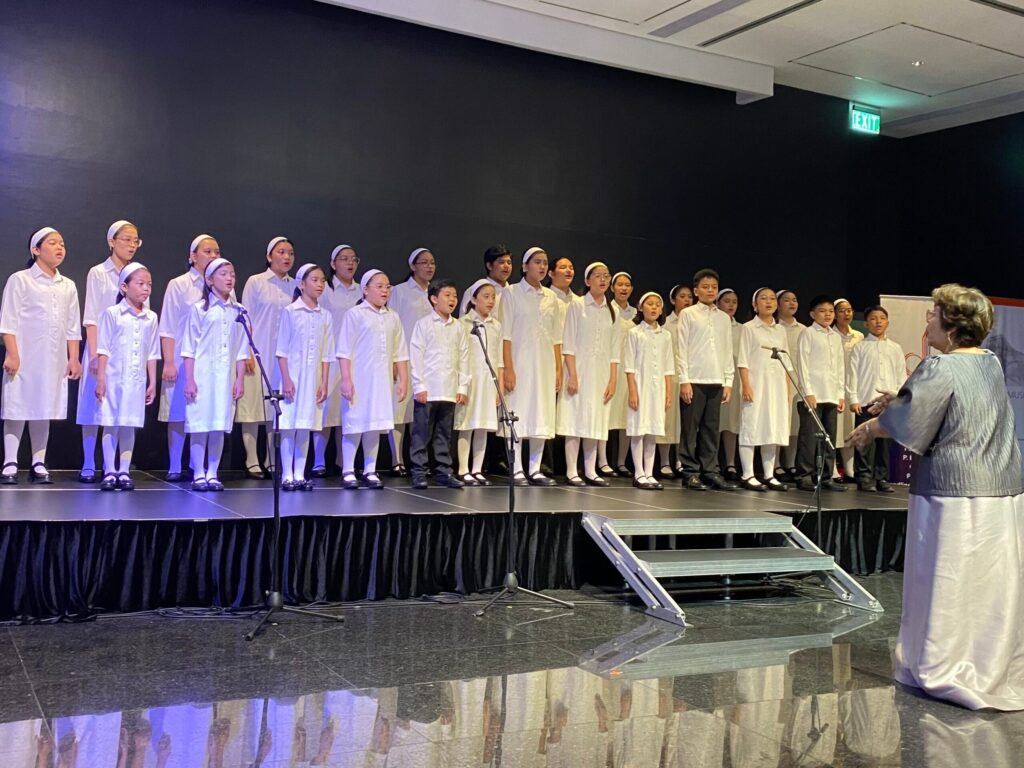MANILA, Philippines – “Filipino music is the expression of the soul of the Nation.”
So read the presidential proclamation that first set up the National Competitions for Young Artists (NAMCYA). And 50 years later – in a night humming with the voice of young talent – the NAMCYA’s anniversary concert proved it.
“Gintong Pamana: Bata ang Bukas,” held on Saturday, April 29, at the Ayala Museum, featured three internationally acclaimed children’s choirs from all over the country: the UP Cherubim and Seraphim, Balon Dagupan Children’s Choir, and Loboc Children’s Choir.
The UP Cherubim and Seraphim opened the program with their rendition of Ryan Cayabyab’s “Bata ang Bukas.” Clad in angelic white, the children then sang the German Christian hymn “Mein Gläubiges Herze.” The group followed this up with popular songs “Mga Munting Tinig” from the Filipino movie of the same name and “For Good” from the musical Wicked.
The state university’s choir closed their set with their signature song: “Ang Batang Magalang,” written by National Artist Ramon Santos in 1973 – the same year that the NAMCYA was founded. Alumni from the children’s choir who were sitting in the audience that evening joined in the song’s iconic ending, when five different parts meld into a cacophony reminiscent of the bustle of a busy neighborhood.
Up next, the Balon Dagupan Children’s Choir began with a rendition of “Kyrie” and “Gloria” from A Little Jazz Mass. Accompanied by a violin and piano, the choir moved the audience with Elaine Hagenberg’s “O Love,” the murmur of their voices rising in a sudden soar: “I give thee back the life I owe, that in thine ocean depths its flow.”
The choir then made use of the stage while performing “Rumbling”. As the name might suggest, the song inventively combined the children’s voices with plenty of stomping, clapping, snapping, and animal sounds. Ending their segment, the choir from the Ilocos region paid homage to their roots by singing and dancing to “Pamulinawen,” an Ilocano folk song.
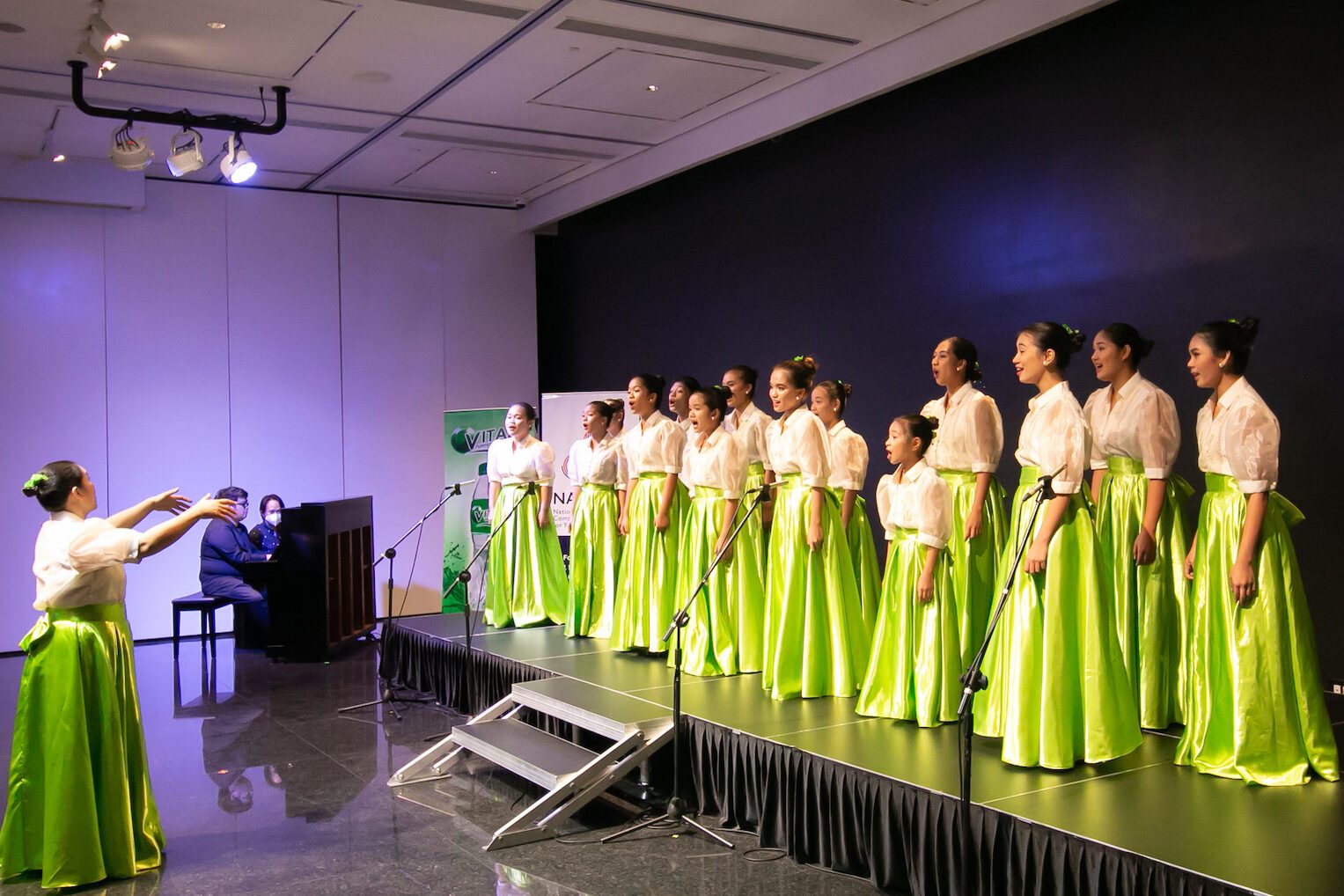
The final group in the concert, Loboc Children’s Choir began their set with “Salve Regina” before swinging into the lively “Tambutiti Tamburiyaw.” The choir had its share of playful songs: the Beatles’ “Penny Lane” – with a surprising finger trumpet segment – Avicii’s “Wake Me Up”, and the masterfully choreographed “Larong Pinoy.” Loboc balanced this with classical pieces, including the waltzy “Summer Winds Blow,” the somber Latin “Deo Dicamus Gratias,” and the dynamic Basque song “Kalera Gazteak.”
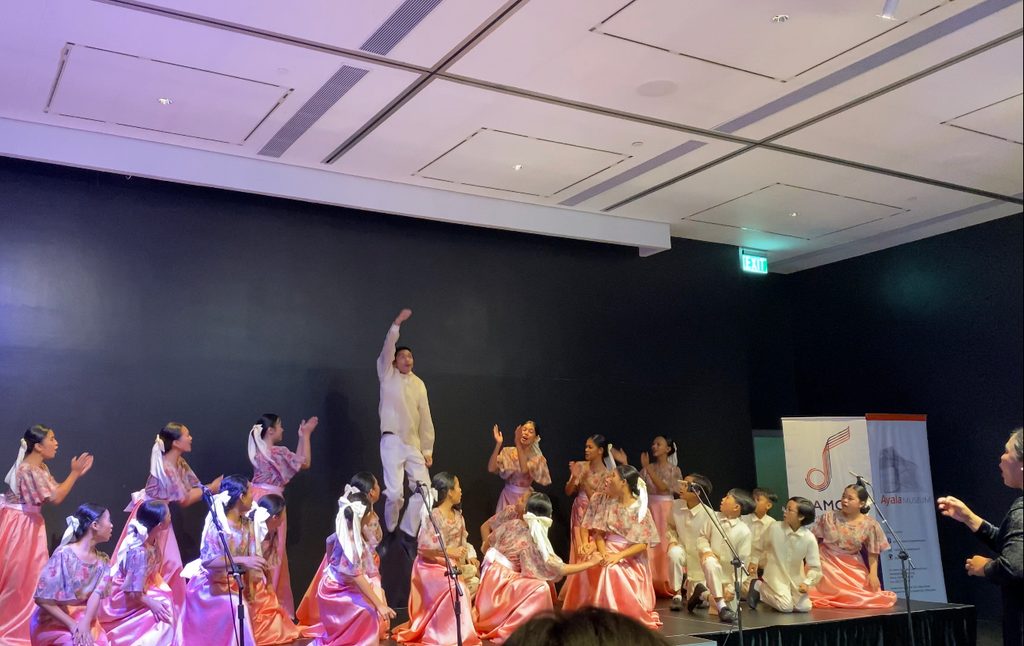
For the concert’s finale, all three choirs gathered together to perform Arnel de Pano’s “Tumataginting,” the room sparkling with the voices of the country’s foremost young musicians.
‘On Angels’ Wings: From Bohol to the World’
For some groups in the regions, like the now-internationally awarded Loboc Children’s Choir, NAMCYA can be their ticket to the world stage.
“We owe everything to NAMCYA. If it were not for NAMCYA, we would not be known by people,” Alma Fernando Taldo, director of the choir, told Rappler.
Taldo is no stranger to the competition. The gray-haired director – hailed as a legend by her peers – has spent decades building up the choir from Bohol, which became the first formally organized children’s choir in Loboc in 1980.
Back then, Loboc was a quiet town, and Bohol wasn’t yet the tourist hot spot that it is today. But when NAMCYA kicked off its contests across every region in the Philippines, the choir seized the chance. On their first try in 1980, they climbed to third place in the national competition. Thirteen years later, they won their first national championship, and in 1995, they did it again.
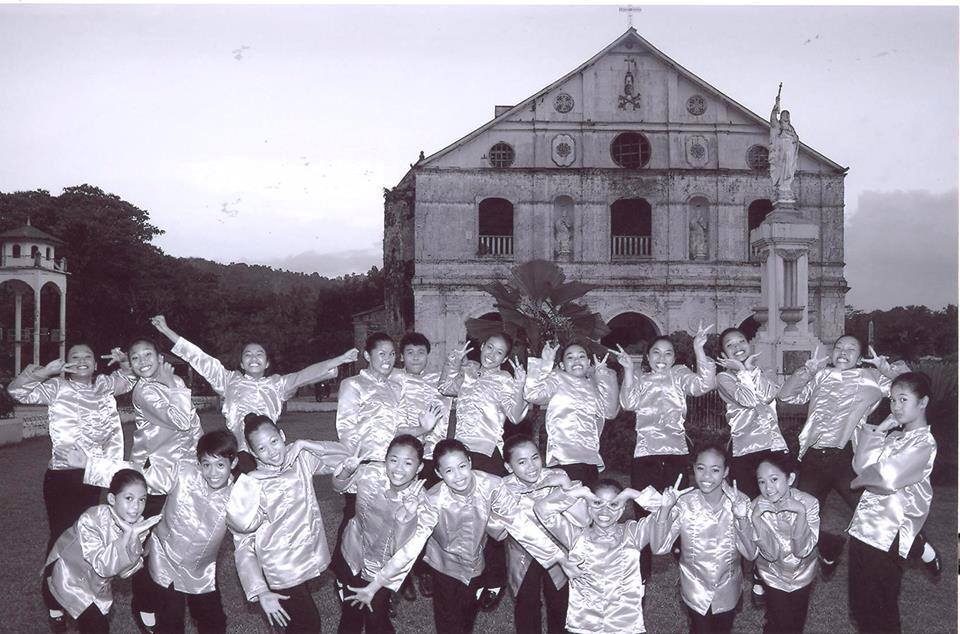
The next year, everything changed. In 1996, the group was discovered by Lutgardo “Gardy” Labad, then-executive director of the Philippine Educational Theater Association. And it happened on a historic day in the town of Baclayon.
“It was the 400th anniversary of the Baclayon Church. I think it was providential. I did not know Sir Gardy. He did not also know us,” Taldo said.
She painted the scene for us: Both the choir and Gardy, who traces his roots to the island province, were there for the celebrations surrounding the Baclayon Church, the oldest Christian settlement in Bohol. Led perhaps by luck – or fate – Gardy approached the children. After learning that they had just come off a championship, he asked if he could hear them sing.
And inside that grand old church, the children sang Mozart’s Hallelujah. Gardy paced to and fro, listening to the choir from every angle. His mother, also a musician, sat between the pews, teary-eyed.
By the end of the performance, he had one question for Taldo: “Do you want to go to the States?”
Months later, the choir was on its way on a concert tour, dubbed “On Angels’ Wings: From Bohol to the World.”
“It was our first time to go to the US. We were 45 all in all. Who would think 45 people could go to the US at the same time?” Taldo asked.
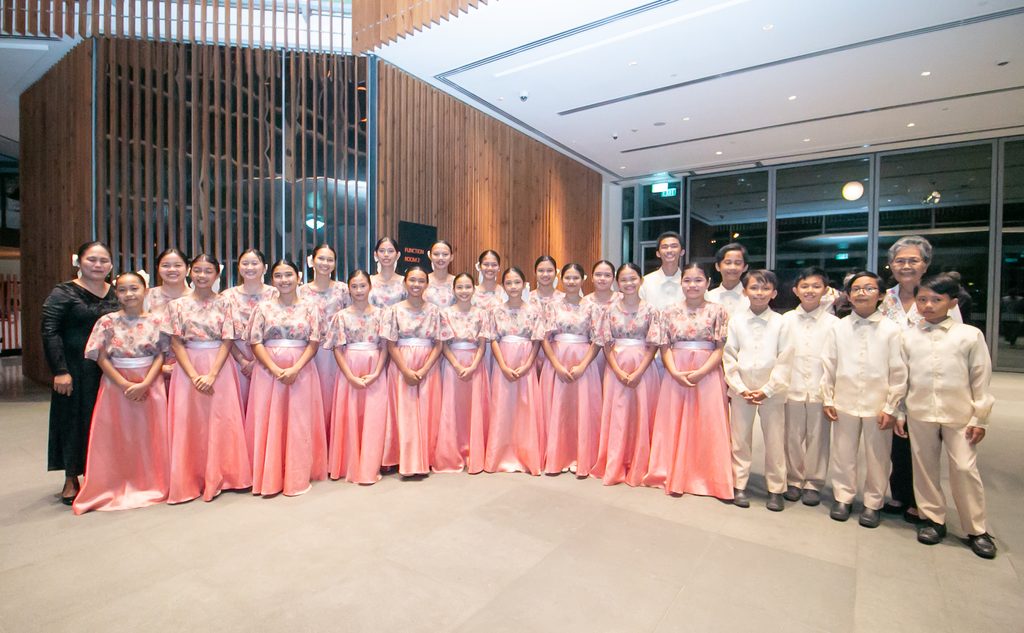
For these children, music is not just a passion, but a way to widen their world.
“This is a very good and beautiful experience for the kids. They come from barrios, the hinterlands of Loboc. But now, they are here in the big city, rubbing elbows with other kids. Who would ever think?” Taldo said.
Of course, opportunity comes with its price. Flying in from Bohol just a day before the NAMCYA anniversary concert, the choir went straight to the venue to rehearse. They sang until exhaustion crept into their voices. But in many ways, this exposure was worth it.
“They have their classmates, they’re in Loboc, and they’re doing nothing except going to school. This is extra activity for them. From school, they go directly to our rehearsal from 5 pm to 7 pm,” Taldo said.
“They’re working hard for it. This is a beautiful opportunity for you, but every opportunity has a big responsibility,” said the veteran director, unfazed, with total faith in the children as they took to the stage again – this time, not to compete, but to honor the very competitions that first discovered them.

‘We have to find out what children can do’
Tracing the origins of NAMCYA also meant looking back at the story of one of the oldest children’s choirs in the country.
It was 1971 when Flora Zarco Rivera – a pioneer of the modernist movement in Philippine music – set out to develop the discipline of music in children. To do that, she established the UP Cherubim and Seraphim, the official children’s choir of the University of the Philippines.
It was historic for another reason too: the state university’s children’s choir was among the first groups to participate in the inaugural NAMCYA competition.
“At that time, there were no children’s choirs in grade school. There was no tradition on that,” said Elena Rivera Mirano, the current director emeritus of the choir and the daughter of the elder Rivera. “Seeing choirs from Taiwan in 1970, my mother endeavored to start something similar in the Philippines, saying ‘we have to find out what children can do.’”
Not many people are interested in a children’s choirs, Mirano said. But the truth is, teaching children comes with the benefit of starting with a blank slate.
“They think they’re malikot, magulo (restless, rowdy). It’s easier than an adult one. You just have to love them,” Mirano told Rappler. “Children are very flexible. They’re not formed yet. Hindi pa hardened ‘yung kanilang (They don’t have set) ideas of what is nice, what is good sounding. You can teach them all kinds of things. You can experiment with them. They’re very playful.”
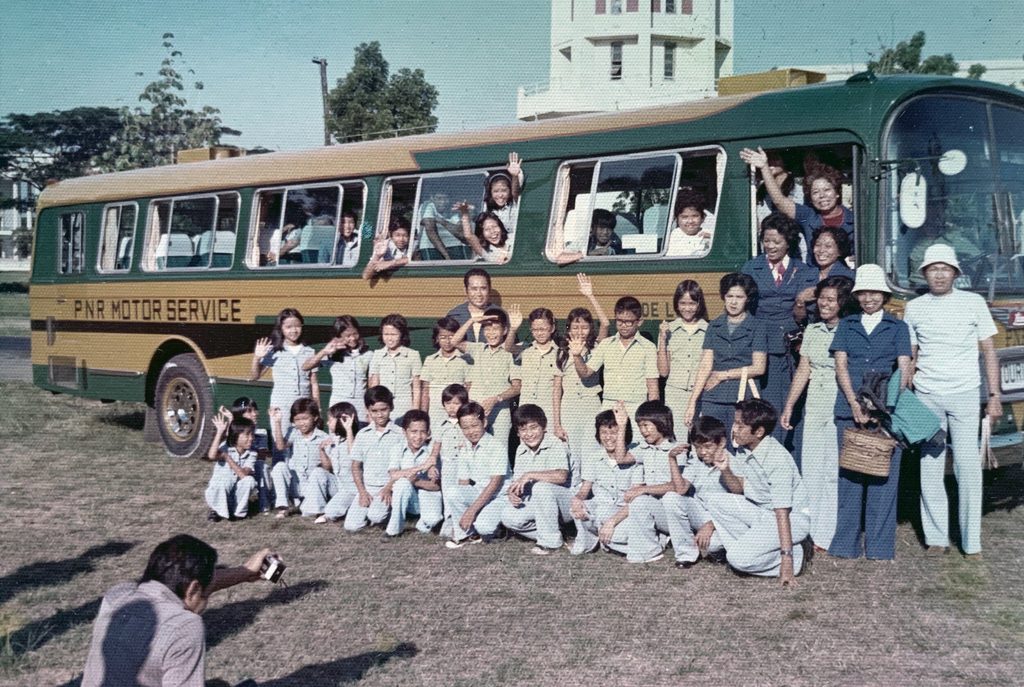
With 26 members, the UP Cherubim and Seraphim choir has kids with a range of personalities. In between rehearsals, some run around and play – as children do – while others lounge on chairs, chatting.
The youngest, Lucy, is only six years old. Asked why she joined, she said: “I don’t know. I think mommy just wanted me to,” while also enthusiastically nodding to say that she was happy to be part of it.
Siblings Andy and Ethan are also part of the choir.
“They held auditions in UP-IS when I was in Grade 4, and I was really interested, so I auditioned, and thankfully, I passed,” Andy, 14, said.
Her 11-year-old brother, on the other hand?
“My mom told me that I should try to join Cherubim because Andy was already in,” Ethan said.
Mirano said that these kinds of stories were not uncommon, nor were they amiss. After all, being part of a children’s choir did not necessarily mean you spent your life in music. It could be a fleeting, yet formative, moment. In its more than 50-year history, UP Cherubim and Seraphim has produced a long list of alumni: an earthquake engineer, a museum director, doctors, and college deans – besides, of course, professional musicians.
“Music is a very important activity. It may seem like just some tangential thing. But there are many things that it initiates. It allows you to see form and structure in life because the way that music is structured gives your body the idea that there is a structure. It’s not some chaos somewhere. And so the practice of music allows you to see that structure,” Mirano said.
The director has much to say about the discipline of music. Beyond beautiful melodies played out for the audience, the act of performance is, in itself, a lesson for the children.
“What happens when you are singing? What is the shape of the sound? How do the birds go with the shape? How does the piano go with the sea? How does each voice come together in this very complex poem that you are performing? Whether or not you are going to become a professional musician, that experience gives you a way to perceive a world,” she said.
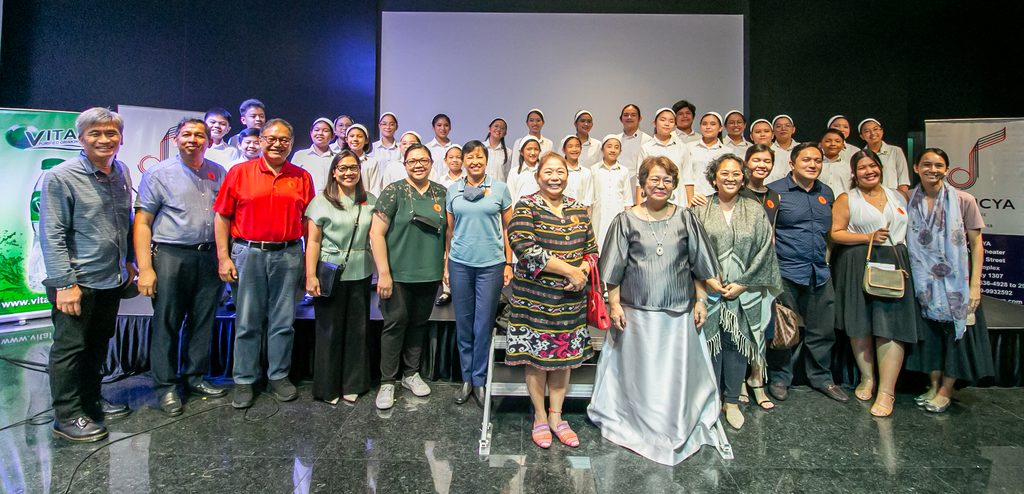
‘There are so many NAMCYA stories’
Behind the glamor of the concert were heartfelt stories of how NAMCYA became a formative part of people’s lives – even if they didn’t choose to pursue music as a profession.
“There are so many NAMCYA stories: ‘One time, I joined NAMCYA…’ I encounter tellers in banks, staff, even a congressman who helped us with the NAMCYA law,” NAMCYA president Renato Lucas told Rappler.
Lucas, who has decades of experience as a concert cellist, believes that NAMCYA has helped discover talent at the grassroots, with prospects competing first at a regional level before working their way to the national stage.
But that wasn’t the be-all and end-all of NAMCYA’s existence. No, for Lucas, the purpose of getting in touch with your musical self is also a journey of finding out what it means to be human.
“You know our culture. Ang culture natin, dapat lahat maging abogado, doktor, engineer. Kailangan ng humanism, pagkapagiging tao,” he said. (Our culture convinces us that everyone has to be a lawyer, doctor, or engineer. We need humanism, to find what it means to be human.)
“We are very happy if they become professional musicians, but are as equally happy if they did not pursue music.”
NAMCYA, dubbed “the handmaiden of cultural development,” has been discovering and developing talent since 1973. The competitions were formalized under Presidential Proclamation 1173, around the same time that the late dictator Ferdinand E. Marcos established the Cultural Center of the Philippines.
“The short history of NAMCYA is that it started as a children’s choir. Kasabay siya ng establishment ng CCP. Alam mo naman, noong time na ‘yon, kailangan ng aktibidad ng Cultural Center of the Philippines,” Lucas told Rappler. (It coincided with the establishment of the CCP. And you know how it was at that time, the Cultural Center of the Philippines needed activities to keep itself busy.)
Fifty years down the line – and with another Marcos in the Palace – the children sing on.
– Rappler.com

